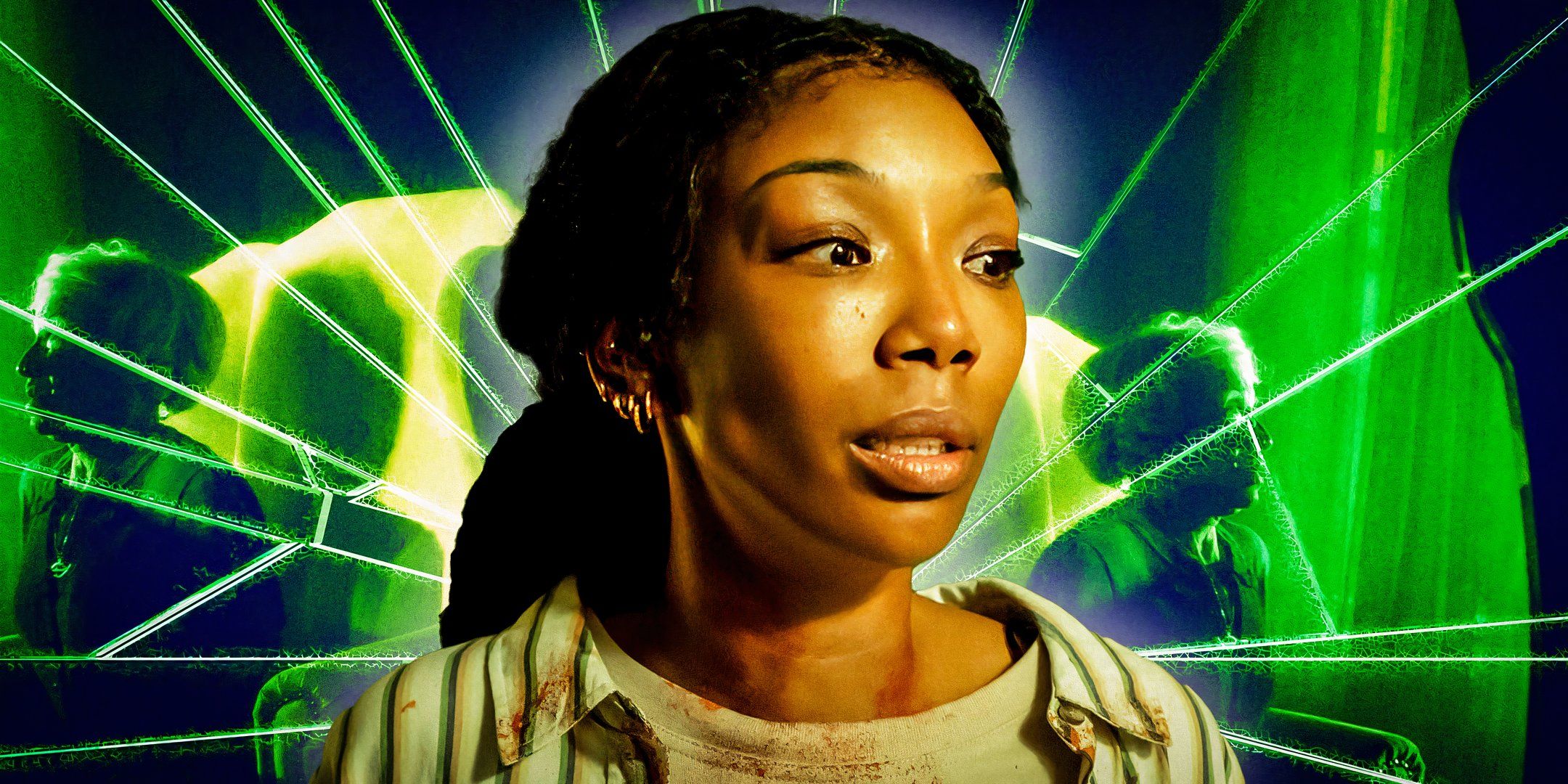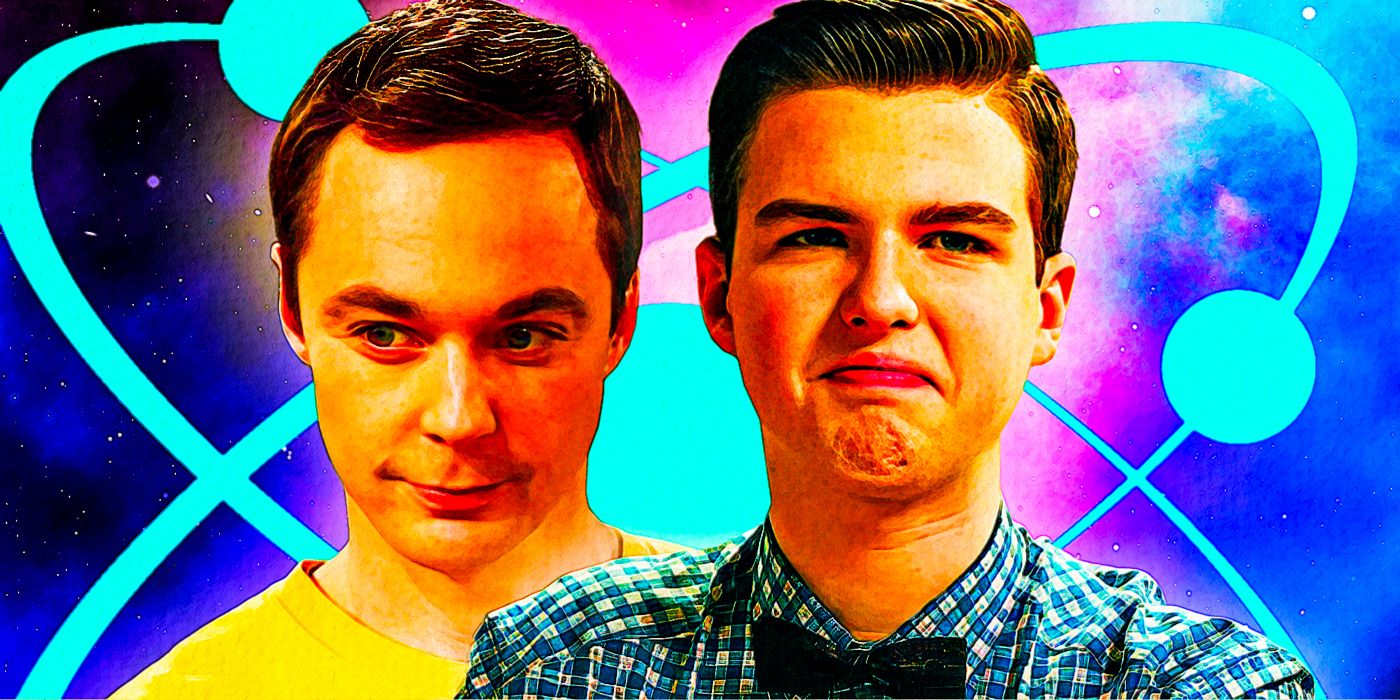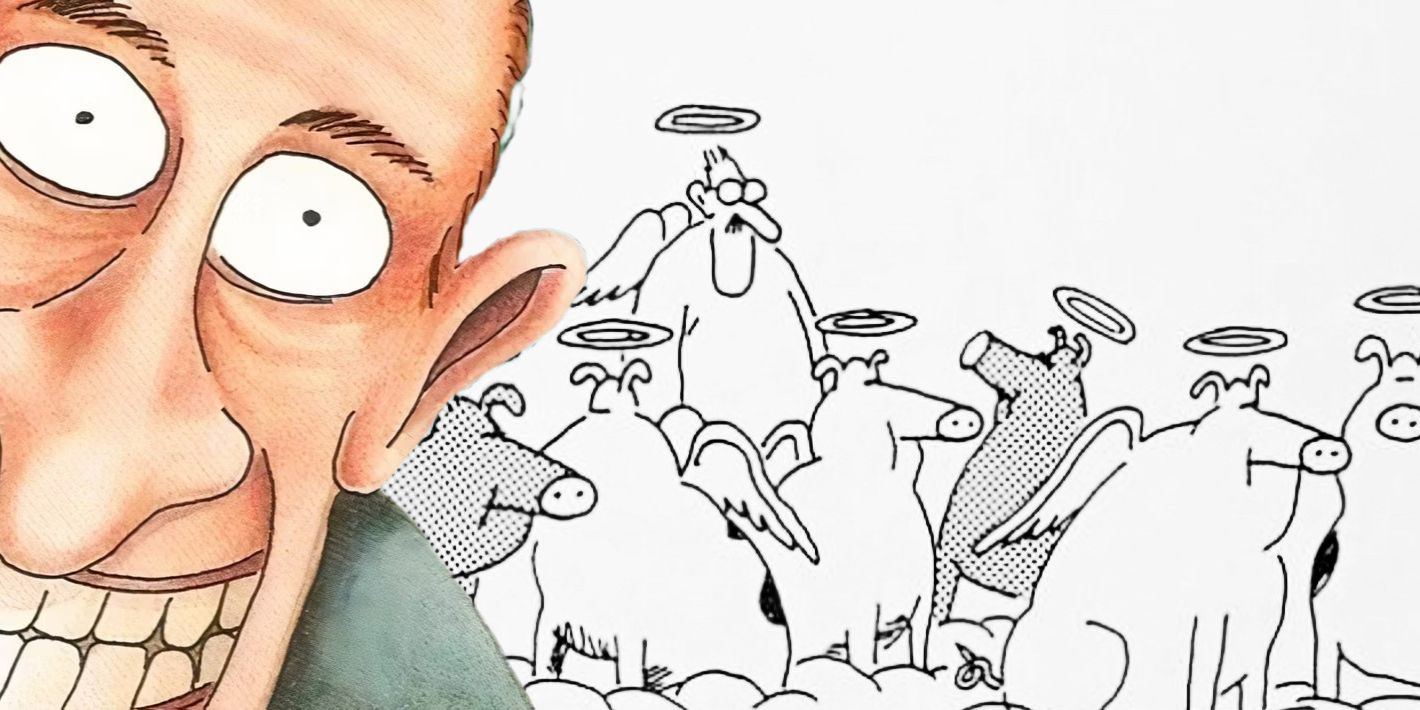Reader, you have been lied to! Film history is littered with unfairly maligned classics, whether critics were too eager to review the making of rather than the finished product, or they suffered from underwhelming ad campaigns or general disinterest. Let’s revise our takes on some of these films from wrongheaded to the correct opinion.
What’s the greatest chase scene in American movies? One could easily make a convincing argument for the lengthy action sequence that anchors Buster Keaton’s “The General,” or for the kinetic urban set pieces of “Bullitt” and “The French Connection.” Movies like “Duel,” “The Driver,” and “Speed” are essentially feature-length chases broken up by occasional dialogue sequences, and for sheer scale, the final act of “The Blues Brothers” is tough to beat.
One movie that doesn’t get mentioned in this company but should is Ron Shelton‘s 2003 action-comedy “Hollywood Homicide,” a film that climaxes with a chase every bit the equal of anything ever directed by Keaton, William Friedkin, Walter Hill, or Steven Spielberg. The sequence begins at the 85-minute mark in Beverly Hills, where cops Joe Gavilan (Harrison Ford) and K.C. Calden (Josh Hartnett) jump into a car to head off in pursuit of the bad guys they’ve been tracking for the entire movie, and lasts for 20 of the most breathlessly entertaining minutes in film history.
From Beverly Hills, the chase heads east on Sunset before jumping to Hollywood Boulevard, where a hand and footprint cement ceremony is underway in front of Grauman’s Chinese Theatre (it’s for Robert Wagner, who had previously appeared in Shelton’s 1999 boxing comedy “Play it to the Bone”). As the chase progresses, it gets increasingly elaborate as more participants enter the fray (local traffic helicopters, more cops, cab drivers, etc.). Shelton takes the audience on a geographically accurate whirlwind that moves from cars to a foot chase to the subway and back again, with a detour for Ford to steal a child’s bike.
Along the way, there are shootouts and myriad awe-inspiring stunts and practical effects that feel even more impressive in today’s CGI-drenched world than they did 22 years ago, all taking place in iconic Los Angeles locations like the shopping center at Hollywood and Highland and the Broadway Hollywood Building at Hollywood and Vine. The set piece is massive in scale and ambition, yet the tone is so impeccably calibrated that the movie never collapses under its own weight — it’s huge but buoyant and funny, not loud and oppressive.
The same can be said for the movie as a whole, which blends Shelton’s talent for literate, witty character comedy with the conventions of the Joel Silver-era buddy flick in mutually beneficial ways. The film grew out of conversations Shelton had with Robert Souza, a homicide detective who served as a technical advisor on the director’s previous cop movie, “Dark Blue.” When he learned that Souza had a side job as an L.A. real estate agent, the director saw a character forming, and together, he and Souza crafted a screenplay informed by Souza’s real-life experiences.
In “Hollywood Homicide,” Shelton shrewdly uses the buddy cop formula familiar from films like “Lethal Weapon” and “Bad Boys” as a delivery system for the kind of behavior-driven humor he’s excelled at ever since his directorial debut, “Bull Durham,” in 1988. The plot in “Hollywood Homicide,” which involves Gavilan and Calden investigating a murder at a hip-hop club, isn’t really any more important than the MacGuffins in Hitchcock movies like “North by Northwest” and “The 39 Steps”; what matters is the way Shelton uses that plot as a springboard for a barrage of hilarious observations and insights related to the town in which he has worked and lived for decades.
Gavilan and Calden’s jobs bring them into various entertainment industry circles (with additional connections coming from the fact that Calden would rather be an actor than a cop) that give Shelton the opportunity to provide wry, occasionally bittersweet commentary on Hollywood as a city both full of history and in a state of perpetual transition. That’s a take more poignant today than it was in 2003. When Martin Landau’s veteran producer looks back wistfully on his career, there’s a more palpable sense of loss in our post-pandemic, post-strike, post-streaming industry era than when “Hollywood Homicide” was released.
 ‘Hollywood Homicide’©Columbia Pictures/Courtesy Everett Collection
‘Hollywood Homicide’©Columbia Pictures/Courtesy Everett CollectionIndeed, Shelton might not have even known he was documenting a disappearing Hollywood, or that the style of filmmaking “Hollywood Homicide” so skillfully demonstrates would be supplanted by the digitally slathered imagery of Marvel movies and the “Fast and Furious” franchise in just a few years. (An ominous sign: One of the movies that inexplicably bested “Hollywood Homicide” at the box office on its opening weekend was “2 Fast 2 Furious.”) As a relatively realistic urban cop movie in the tradition of Don Siegel and Walter Hill, “Hollywood Homicide” was one of the last and best of its breed.
It’s a love letter not only to a certain method of action filmmaking and to Hollywood as an industry but to Hollywood as a city, not only in how Shelton plays fair with geography (unlike virtually every other action movie ever made here) but in his affection for the bars, restaurants, and hidden nooks and crannies rarely featured in movies and shows that tend to settle for what’s easy to get a permit for rather than what provides the most dramatic and visual texture. “Hollywood Homicide” is a glorious showcase for L.A. landmarks both enduring (Boardner’s, Frolic Room, the Pantages) and defunct (Parker Center, the Steven Soderbergh-owned nightclub Deep); it ranks with Robert Altman’s “The Long Goodbye” and Quentin Tarantino’s “Once Upon a Time in Hollywood” as one of the all-time great Hollywood movies.
What really makes “Hollywood Homicide” special isn’t the Hollywood backdrop but what Shelton places in front of it; this is also what makes that climactic chase so effective, because what gives an action sequence its power isn’t the action but what comes before it and gives it context. Shelton’s gift for smart, funny, complex characterization was well-established in his sports comedies (“White Men Can’t Jump,” “Tin Cup”), and it’s a talent on full display here, from the leads (not only Ford and Hartnett but Lena Olin, hilarious and sexy as Gavilan’s psychic love interest) on down to characters who only get one scene but make an indelible impression.
 ‘Hollywood Homicide’©Columbia Pictures/Courtesy Everett Collection
‘Hollywood Homicide’©Columbia Pictures/Courtesy Everett CollectionWhile the film is filled with sharp dialogue of the kind that correctly earned Shelton comparisons with classical Hollywood auteurs like Preston Sturges and Howard Hawks, the director is equally good at quiet scenes that catch characters in private moments. Some of Ford’s funniest and most endearing acting comes at times like when he dances alone in his living room, when no other people are around. It must be said that Ford’s work here is his loosest and most natural ever; Shelton has a way of taking actors known for their taciturn reserve (like Kevin Costner in “Bull Durham” and “Tin Cup,” or Tommy Lee Jones in the sweet and underrated “Just Getting Started”) and getting them to let their guards down, and Ford is so light and engaging here that one wishes he and Shelton would have made more films together.
For that matter, “Hollywood Homicide” makes one wish Shelton had made a lot more action films, since he clearly has a knack for it. That climactic chase, great as it is, is just one of many scenes exhibiting a real flair for manipulating space and time to great visceral and comic effect; there’s also a dynamic set piece set around the Venice canals and an ingenious dual interrogation scene in which Ford and Hartnett’s characters are placed in adjoining rooms and forced to answer for alleged malfeasance.
 ‘Hollywood Homicide’©Columbia Pictures/Courtesy Everett Collection
‘Hollywood Homicide’©Columbia Pictures/Courtesy Everett CollectionThat scene, which makes deft use of two-way mirrors, is one of the funniest and most elegantly constructed comic sequences Shelton ever conceived, and it — like “Hollywood Homicide” as a whole — displays his supremacy as a visual stylist. Shelton has always been a bit underrated in this regard; it’s as though he’s so good at character and dialogue that people stop there and don’t notice that he’s equally strong when it comes to framing (the use of the Cinemascope aspect ratio in “Homicide” is incredibly elegant and expressive), cutting, and lenses.
Of course, because Shelton is a filmmaker in the classical tradition, it’s a compliment to him that his style is essentially invisible — if it was too easily noticed, it wouldn’t work as he intended. With “Hollywood Homicide,” he integrates his personal preoccupations with genre as smoothly and effectively as any of those old Hollywood masters, which makes the fact that “Hollywood Homicide” didn’t find an audience on its initial release completely mystifying.
Given how accessible and obvious its pleasures are, “Hollywood Homicide” should have been a massive hit that propelled Shelton into the first ranks of action directors (especially since he had proven himself equally adept at a more searing, Peckinpah-esque form of action filmmaking earlier in 2003 with “Dark Blue”). I have no idea why audiences at the time didn’t embrace the movie, but it’s never too late for a great film to acquire the reputation it deserves. “Hollywood Homicide” belongs in the pantheon with the all-time greats.

 1 week ago
6
1 week ago
6










 English (US) ·
English (US) ·